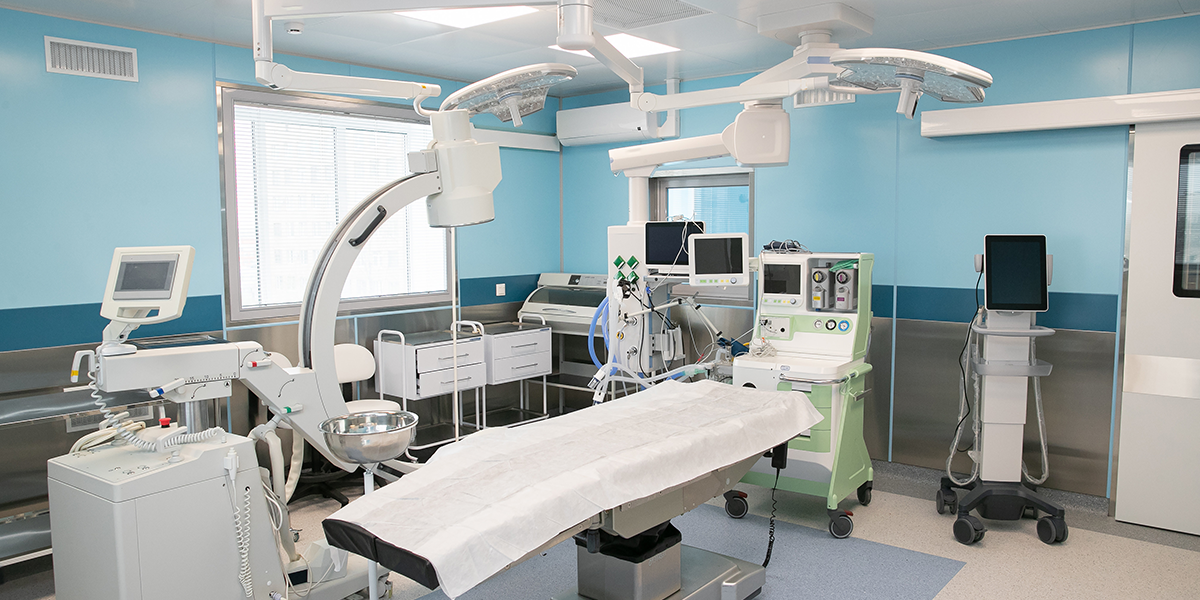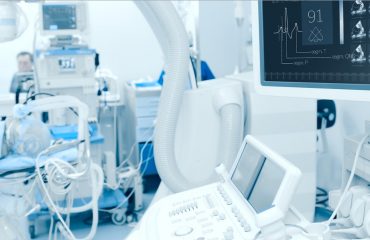The usability engineering of medical devices for registration in China now have technical review guidelines. They were issued by the Center for Medical Device Evaluation (CMDE) on March 19, 2024.
The guidelines set out the medical device usability engineering process, outline the necessary documentation and standardize the requirements for the technical review of medical device usability engineering. Below you will find a summary of the key information.
1. Scope
The guideline applies to the registration declaration of Class II and Class III medical devices but does not apply to In-Vitro Diagnostic reagents. Applicants can refer to the requirements of this guideline to carry out the usability engineering of their medical devices.
2. Imported medical devices – differentiating between products developed for domestic and international markets
From a regulatory perspective for imported medical devices, any differences in the user interface or usage scenarios between domestic and foreign markets must be considered.
For high-risk devices, if the impact of any differences on the user interface is acceptable, then overseas confirmation data can be submitted. Otherwise, additional confirmation work tailored to the domestic market will be required.
For medium to low-risk devices, an error evaluation report and overseas usability data suffice for registration.
3. Usability engineering research materials
The Usability Engineering Research Report covers essential details for medical device registration. It applies to high, medium and low-risk medical devices. A list of typical required information and documentation follows:
- Basic information: the name, model specification, intended use, applicable population, and structural composition of the declared medical device should be clarified
- Risk level: Declare the risk level (high, medium, low) of using the medical device and detail reasons for the decision
- Core elements: The users, usage scenarios, and user interface of the medical device should be declared. If there are multiple model specifications, explain the differences between core elements and conduct an impact assessment of the differences
- Usability engineering process: Provide the usability engineering process flow chart of the medical devices, and briefly describe the contents and requirements of each activity
- Risk management: Provide a summary of the risk matrix before and after risk control measures for the medical device, as well as the risk management document
- User interface verification and validation: Briefly describe the content and requirements for activities related to user interface verification and validation of medical devices.
4. Supplementary notes for notifications (filings) and registrations
- New product registration/notification
- Research data: Submit information on usability engineering studies under “CH3.5.11 Usability/Human Factors”
- High-risk level medical devices: submit usability engineering research report
- Medium and low: submit the Usage error assessment report
- Instruction manual and labelling
- Research data: Submit information on usability engineering studies under “CH3.5.11 Usability/Human Factors”
- Change of filing/registration: There is no need for manufacturers to supplement the usability engineering research information during a change of filing or registration for the product unless the change application involves substantive changes such as the user, usage scenarios, or user interface. In such cases, manufacturers must submit usability engineering studies, bug assessment reports, and other relevant research data on the impact of changes on the product safety and effectiveness in “CH3.5.11 Usability/Human Factors”
- Registration renewals: Typically, there is no need to submit usability engineering research data. If applicable, submit relevant usability engineering research data according to the requirements specified in the registration certificate “remarks”.
High-risk products pilot catalogue
From October 8, 2024, new registrations of the products listed below must submit the usability engineering research report issued from tests 0as part of their registration application to the NMPA.
- Cardiac radiofrequency ablation equipment
- Cardiac radiofrequency ablation catheter
- Radiofrequency ablation equipment for cardiac surgery
- Radiofrequency ablation forceps/pens for cardiac surgery
- Surgical navigation positioning system (with robotic arm and end effector)
- Endoscopic surgical system
- Vascular Interventional Surgery Control System
- Therapeutic ventilator
- Household ventilator
- External defibrillation equipment
- Hemodialysis equipment
- Continuous blood purification equipment
- Artificial liver equipment
- Implantable circulation auxiliary equipment
- Implantable drug infusion equipment
- Injection pump (Class III)
- Needleless syringe
- Infusion pump (Class III)
- Insulin pump (Class III)
Further information
Read the original CMDE announcement on Usability engineering for medical device registration in China guidelines.
Cisema can assist manufacturers to effectively navigate the registration process and ensure you meet the necessary safety and performance standards such as for usability engineering. Discover our services for medical device registration, renewals and NMPA Legal Agent.
GET IN TOUCH

 Deutsch
Deutsch  Italiano
Italiano  Français
Français  日本語
日本語  한국어
한국어 



